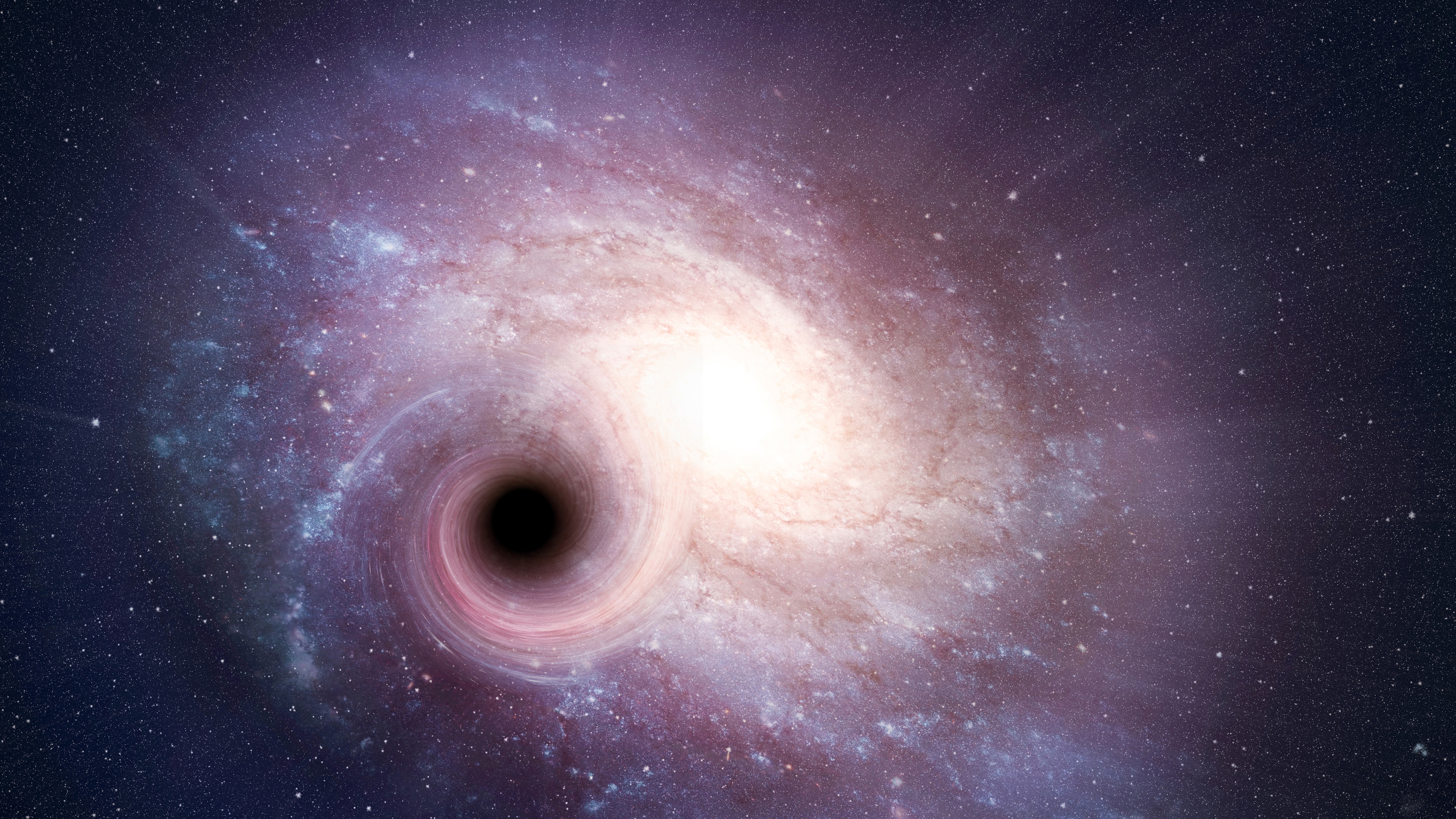
The concept of a ninth planet in our solar system which orbits far beyond Neptune captured the public’s imagination in 2016, and earlier this year the idea gained steam again when astronomers found more evidence in support of “Planet Nine’s” existence. Now, a different team of astronomers has suggested an even more intriguing idea: That the strange body we’re seeing evidence of is not a planet but a miniature black hole.
The researchers consider what they describe as an “exciting possibility,” that the strange movements of the objects which orbit the sun beyond Neptune could be explained by the presence of a primordial black hole. Despite how unlikely that sounds, the authors believe that “this scenario is not unreasonable” and they suggest a way to test it by looking for evidence of a dark matter microhalo around the mini black hole.
Primordial black holes are a theoretical type of black hole that formed in the earliest universe, soon after the Big Bang. As the early universe was very dense, it may have been possible for black holes to form not from the collapse of stars but on a much smaller scale. These tiny speculative objects could weigh as little as one times the mass of the Earth, and a black hole five times the mass of the Earth could fit in the palm of your hand, while one 10 times the mass of the Earth would be about the size of a bowling ball.
That means these black holes would be far smaller than the ones we are used to studying, so it would be possible for one to be located within our solar system and us to have not noticed it yet.
To search for the potential mini black hole in our cosmic backyard, we’ll have to be creative in the tools we use. Black holes absorb any light which passes beyond their event horizon, so they’re hard to spot. But the researchers suggest that a planet-mass black hole would have a halo of dark matter around it, which could stretch up to 1 billion kilometers from its center. Although we can’t detect dark matter directly, we can look for dark matter particles interacting and creating bursts of gamma rays which would give a clue to the presence of a black hole.
To test their theories, the researchers’ next step is to search through data from the Fermi Gamma-Ray Space Telescope, looking for telltale gamma-ray bursts that could help them identify our solar system’s potentially most elusive body.
The paper is available to view online on the pre-publication archive arXiv.
Editors' Recommendations
- Biggest stellar black hole to date discovered in our galaxy
- Nightmare black hole is the brightest object in the universe
- Record-breaking supermassive black hole is oldest even seen in X-rays
- Swift Observatory spots a black hole snacking on a nearby star
- See the terrifying scale of a supermassive black hole in NASA visualization




